The Elephant Ear Fig Tree, also known as the Elephant Ear Tree, Giant Indian Fig, or Roxburgh Fig, is a perennial plant prized for its edible fruits. Its botanical name, Ficus auriculata, comes from the Latin word “auriculata,” meaning “ear-like,” a nod to the unique shape found at the base of its large, lush leaves. This tree belongs to the Moraceae family and is native to regions including India, Vietnam, Myanmar, and Southwest China.
Renowned for its versatility, the Roxburgh Fig produces fruits that are not only eaten raw but also used in a variety of dishes such as chutneys, juices, and curries. This plant thrives in hardiness zones 9 to 11, making it well-suited to warm climates. Named in honor of Sir William Roxburgh, a pioneer in Indian botany, the tree is a notable addition to edible landscapes for its culinary and ornamental value.
| Common name | Elephant Ear Fig Tree, Elephant Ear Tree, Giant Indian Fig, Roxburgh fig |
| Botanical name | Ficus auriculata |
| Family | Moraceae |
| Species | auriculata |
| Origin | India, Vietnam, Myanmar and SW China |
| Life cycle | Perennial |
| Plant type | Edible |
| Hardiness zone | 9, 10, 11 |
| Sunlight | Full Sun |
| Maintenance | Low |
| Soil condition | Loam |
| Soil ph | Acid |
| Drainage | Moist but Well-Drained |
| Growth rate | Medium |
| Spacing | 12 – 24 ft. |
| Harvest time | Summer |
| Flowering period | Spring |
| Height | 6 ft. – 10 ft. |
| Flower color | Pink |
| Leaf color | Gold, Yellow |
| Fruit color | Brown, Copper |
| Fruit type | Drupe |
| Fruit benefit | Edible |
| Leaf benefit | Showy |
| Garden style | Edible Garden |
| Uses | Container |
I. Appearance and Characteristics
Ficus auriculata (the Roxburgh fig, Elephant ear tree) is a type of fig tree, native to subtropical parts of Asia. It is noted for its big and round leaves and edible fruit. It grows in forests in moist valleys, growing along stream banks.
It was first published by Portuguese Botanist João de Loureiro (1717–1791), in Fl. Cochinch. on page 666 in 1790.
It is commonly known as the Roxburgh fig, which is named after botanist William Roxburgh, who was appointed Superintendent of the Calcutta Botanical Gardens by the East India Company in 1793.
Experiments carried out on fruiting Ficus auriculata trees at the Calcutta Botanic Gardens by the then Superintendent George King and his Botanic Garden colleagues described in King in 1897 which was the first detailed explanation of how the dioecious figs were pollinated by fig wasps which bred in the figs of male trees and then flew to female fig trees to pollinate the female figs.
It is also known as Elephant Ear Fig Tree, Elephant Ear Tree and Giant Indian Fig, due to the leaves, as auricle is the Latin word for ear, referring to the two ‘ears’ at the base of heart shaped leaf.
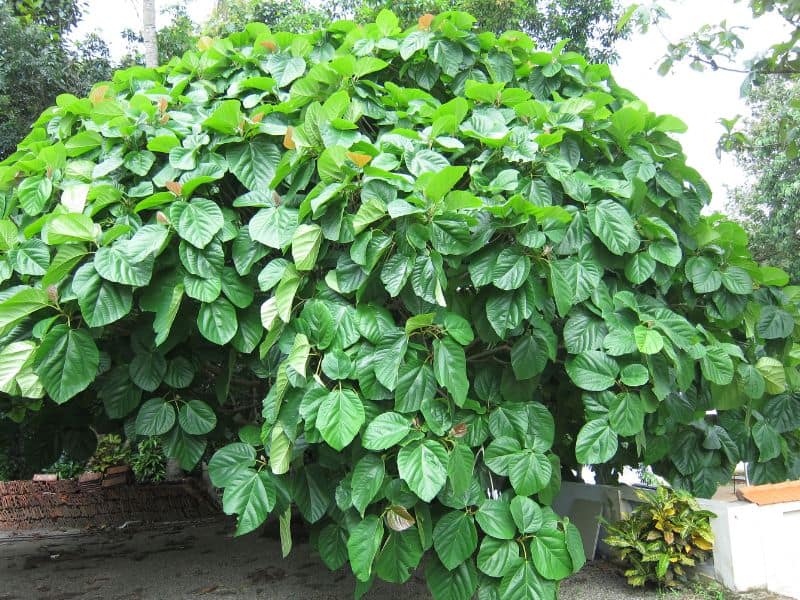
This plant is a small tree of 5–10 m (16–33 ft) high with numerous bristle-covered branches. The leaves are big and round, and are up to 44 cm (17 in) long and 45 cm (18 in) wide, with cordate or rounded base, acute apex, and 5–7 main veins from the leaf base. Its petioles are up to 15 cm (6 in) long, and it has stipules of about 2.5 cm (1 in) long.
The plant has oblate syconium that are up to 4 cm (1.6 in) wide, covered with yellow pubescence, and emerge from the trunk or old branches of the tree. Ficus auriculata is dioecious, with male and female flowers produced on separate individuals. On ripening, the fruits turn from light yellow to purple. The fruit is a fleshy receptacle. The fruits form as large clusters on the trunk, on branches and also on the roots.
Fruit extracts contain many phenolic compounds.
II. How to Grow and Care
Sunlight
Roxburgh fig thrives best in full sun conditions where it can receive direct and bright light for healthy growth. It tolerates partial sun, but the plant’s development may be slower, and foliage could be less vibrant compared to ideal conditions.
Roxburgh fig has the ability to adapt to less than optimal light by adjusting leaf orientation to capture more sunlight. For outdoor cultivation, roxburgh fig should be planted in locations where it can bask in unfiltered sunlight for the majority of the day. Consistent exposure to the right light conditions is key to maintaining roxburgh fig’s vitality and fostering robust growth.
Temperature
Roxburgh fig prefers a warm, humid environment due to its lack of cold resistance. It grows best between 20 to 30 ℃ and suffers frost damage lower than 16 ℃. It likes humid environments, and long-term water shortage leads to slow growth. Soil should be kept slightly moist without water accumulation.
Humidity
If you do not frequently use the heat or air conditioning and don’t live in a humid area, you might want to put this plant on a moisture plate or have a humidifier nearby. If you reside in a humid environment, you may set your Ficus Auriculata outside in direct sunlight when the temperature consistently rises over 30 degrees.
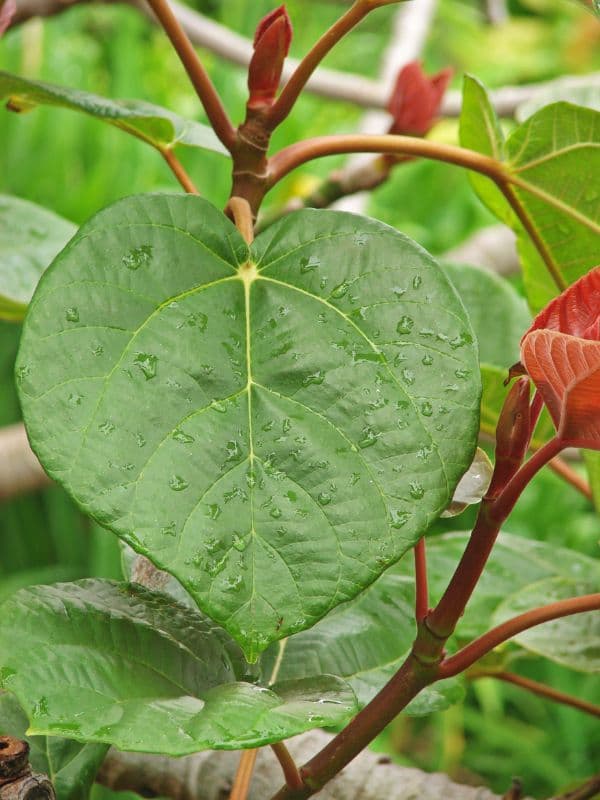
Watering
Watering is crucial for Ficus Auriculata trees since they are housed in tiny pots, where the air dries up much more quickly than it does for plants in the land or larger pots. Monitor your tree every day. Finding the right balance between insufficient and too much water might be difficult, but it is essential.
When your tree needs water, give them a chance to catch their breath before giving them another good soak. When the soil has started to feel a little dry, that’s the ideal moment to water this plant. Whenever the time comes, water sparingly but deeply. It won’t suffocate your tree and will allow appropriate moisture absorption into the soil.
Soil
Roxburgh fig prefers fertile soil and cannot resist barren ground. It does not like sticky soil with poor drainage, so a plot rich in organic substances and not easily compacted is preferred. The soil should be slightly acid, with a pH of 6-6.5. When used as a potted plant, mix leaf mold, garden soil, and organic fertilizer at a ratio of 4:3:3.
Fertilizing
A half-strength chemical fertilizer or an organic liquid fertilizer is required for Ficus Auriculata. Throughout the growing season, bonsai fertilizers should be applied often and consistently (March to September). In the Winter, fertilize once a month. Fertilising is recommended in the Ficus bonsai care manual because it responds quickly and ardently to needs.
Planting Instructions
If your potted roxburgh fig outgrows your home, transplant it to the garden. Seedlings bought in a garden center can also be planted directly in the garden; the best time for transplanting is late spring. If the garden soil is not fertile enough, you can add some organic fertilizer to the planting hole., When transplanted to the garden, roots should be level with the ground and not buried too deeply. After transplanting, water thoroughly and slowly to prevent water from dispersing the soil. Water new plants twice a week to keep the soil moist.
Pruning
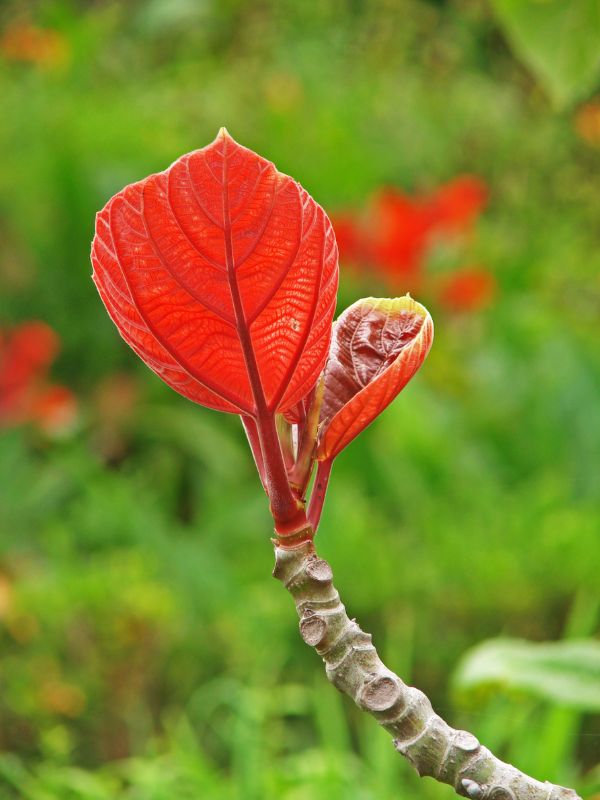
Without timely pruning, the main branches of roxburgh fig tend to grow quickly, but axillary buds cannot sprout side branches due to long-term restrained state, which greatly reduces the ornamental value since the plant has only one tall main stem. Therefore it is necessary to pinch it in time, that is, to cut off the terminal buds of roxburgh fig when the plant grows to about 60 cm in height.
After that, the axillary buds will sprout quickly, and 3-4 side branches in different directions can be retained and cultivated as the lateral main branches of the plant while other excessive axillary buds should be cut off. When the plant grows to 80 cm in height after 1-2 years, it is necessary to pinch it again and cut off the small buds on the top of all branches, with the length of the side branches not exceeding 60 cm. 3-4 small branches can also be retained on each side branch of the plant, and the shape of the plant will become round and look better when they grow up.
As the tree grows many branches, air ventilation and light transmission become poor, so pruning is important. Regular pruning also produces more new leaves. When cut, the branches of roxburgh fig leak milky sap, which eventually hardens and seals the wounds, so wear garden gloves when pruning.
Propagation
Ficus Auriculata can also be grown from cuttings. Cutting and planting the branches of a fresh, healthy tree is how it is done. However, the process may take a while for the cuttings to mature. Therefore you must have patience. Place a fresh plant firmly four to six inches away from the soil surface or plastic-based planter. Replant the plant in a larger container if you bought it from a nursery. But make sure it has adequate drainage holes because they’ll help with good aeration and maintain the plant strong and thriving.
Repotting
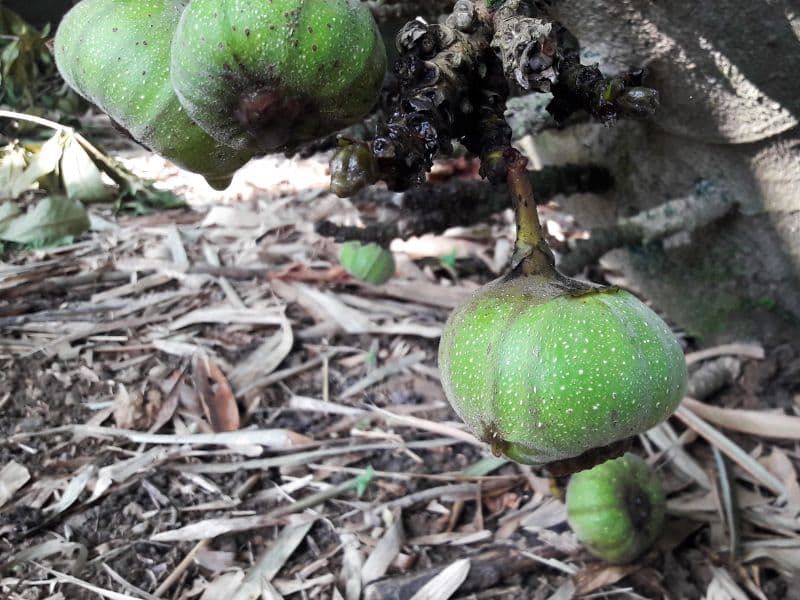
As it absorbs all the nutrients in the soil, roots will gradually shape themselves to resemble the shape of the pot. Nutrient deficiencies and overcrowding can have severe effects. Therefore, repotting is necessary. You should report your plant every three years if they are flourishing. However, 4-5 years is certainly long enough under normal circumstances. If the root ball is well-rooted, it may be repotted.
Pests and Diseases
Ficus Auriculata is prone to a few peculiar and common diseases. Scales are the most typical insect that infects this plant. Scale typically appears as brown or black pimples on the branches. These bumps contain insects that are shielded by a waxy shell. The sticky substance that stains the components could also be present.
Mealybugs appear at the base of the leaf has white cottony spots, and some infestations target the roots. These are poisonous to insecticides that contain malathion. Most figs may easily take dormant oil at one tablespoon per gallon. One can treat the root meals with oil. Systemic poisoning will be necessary to combat this infestation.
III. Uses and Benefits
Ornamental uses
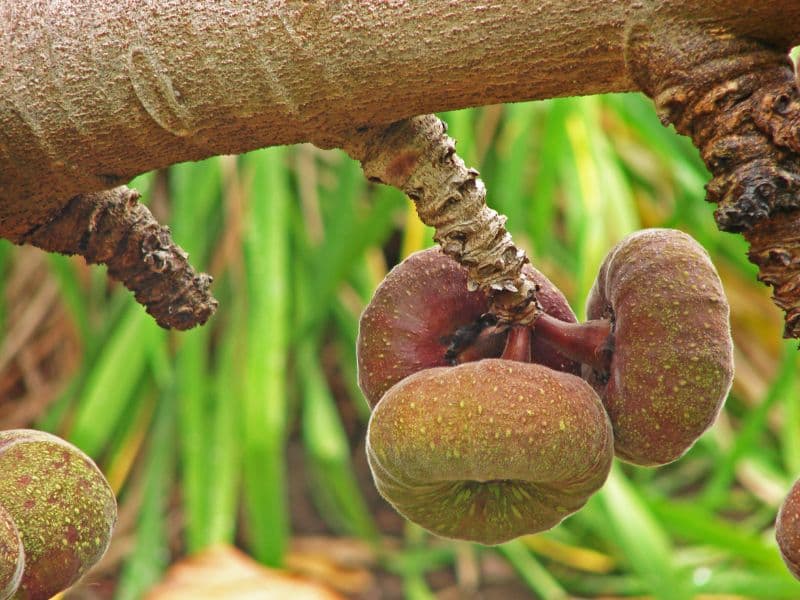
Ficus Auriculata is a beautiful and versatile tree species, making it an excellent choice for home decor. They are also effortless to grow, as they can be kept indoors or outside.
The best part about Ficus Auriculata is that they are a fast-growing plant. It takes only one year for the trees to reach a height of five feet, but they can grow up to 15 feet tall. In addition, the leaves on this tree are dark green and shiny, so they look beautiful when placed next to other plants in your home.
Medicinal uses
- On cuts and wounds, the stems’ latex is applied.
- Bee stings can be relieved by applying the plant’s component to them.
- The fruit may function as a digestive.
- Diarrhea and dysentery are treated with roasted fruit.
Culinary uses
These figs’ fruits can be eaten and used to make curries, juice, and jam. In many cultures, unripe fruits are used in salads.
Find Where to Buy the Best Roxburgh fig (Ficus auriculata)

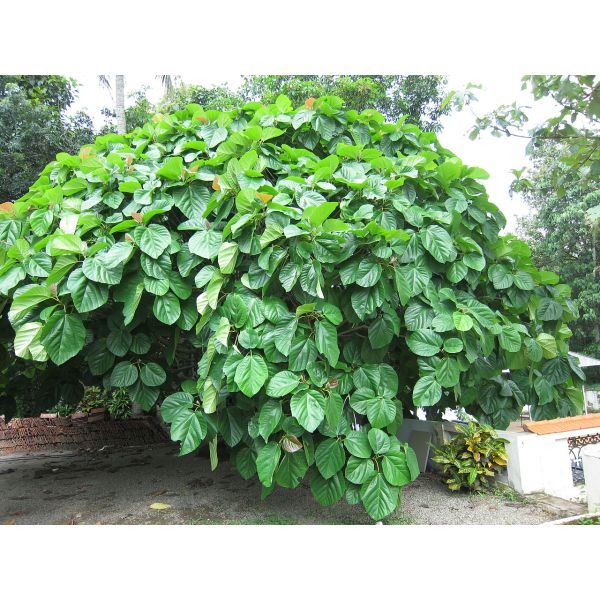

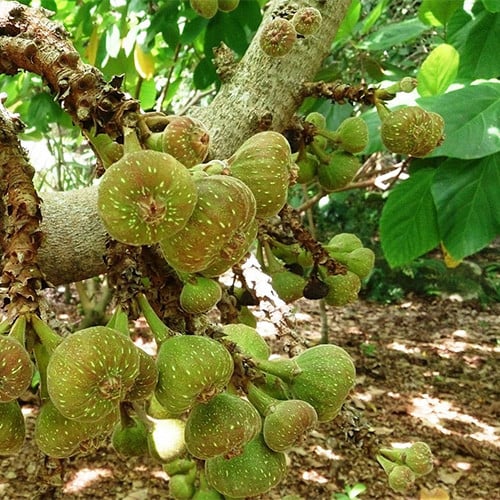






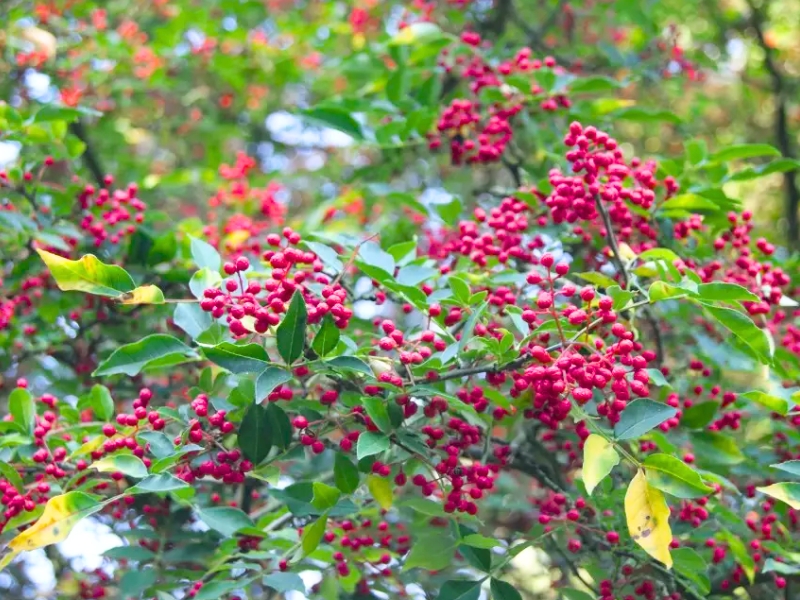
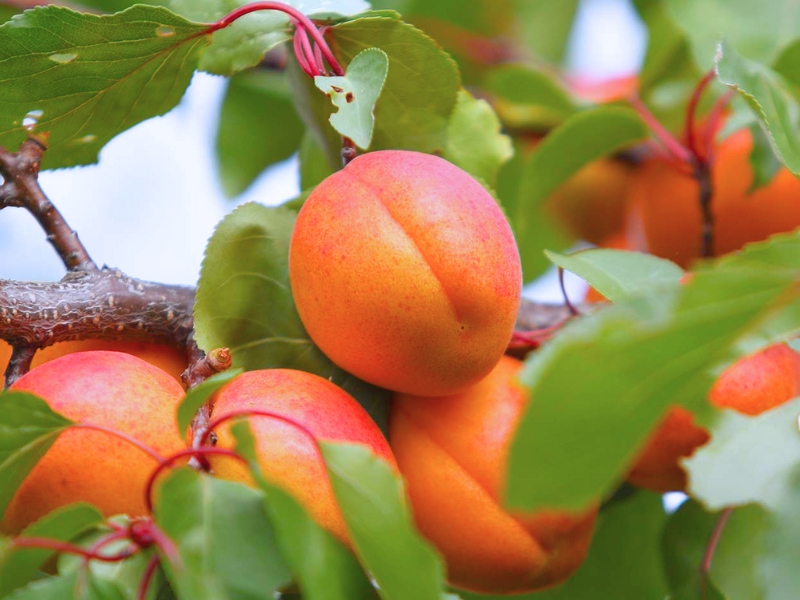
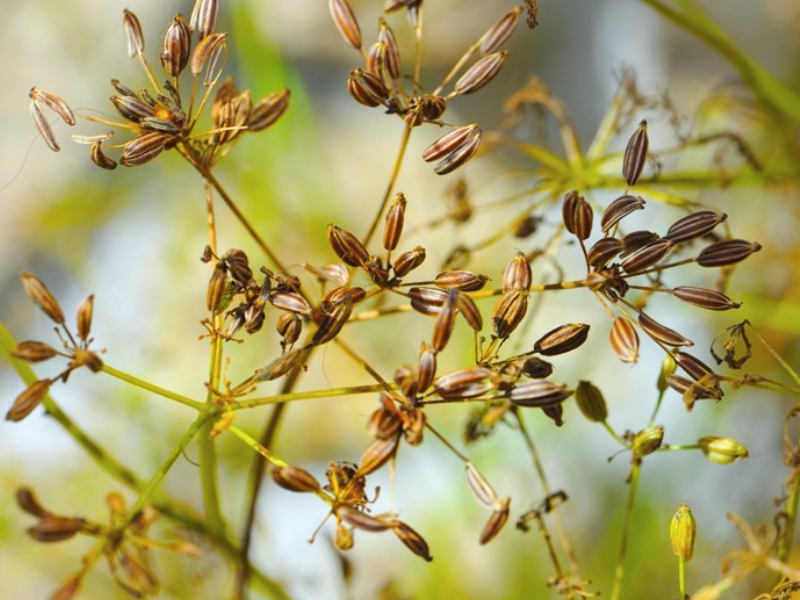
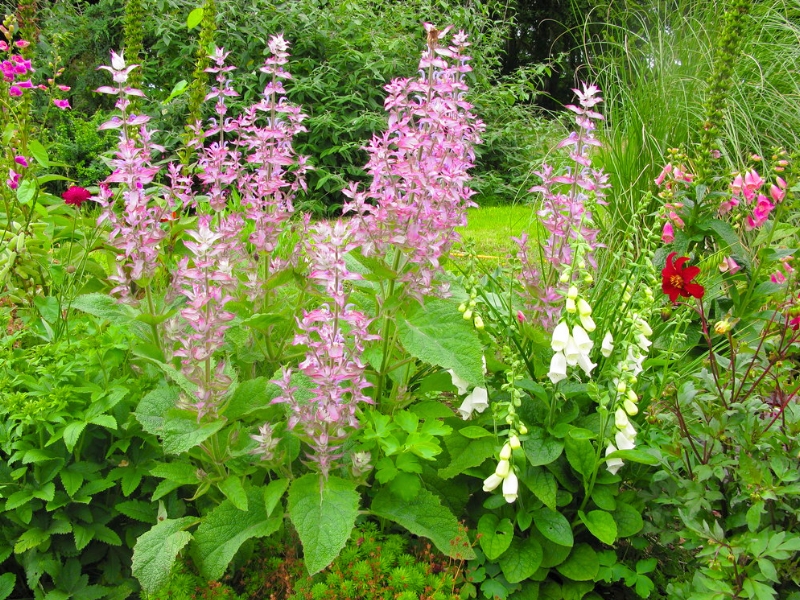
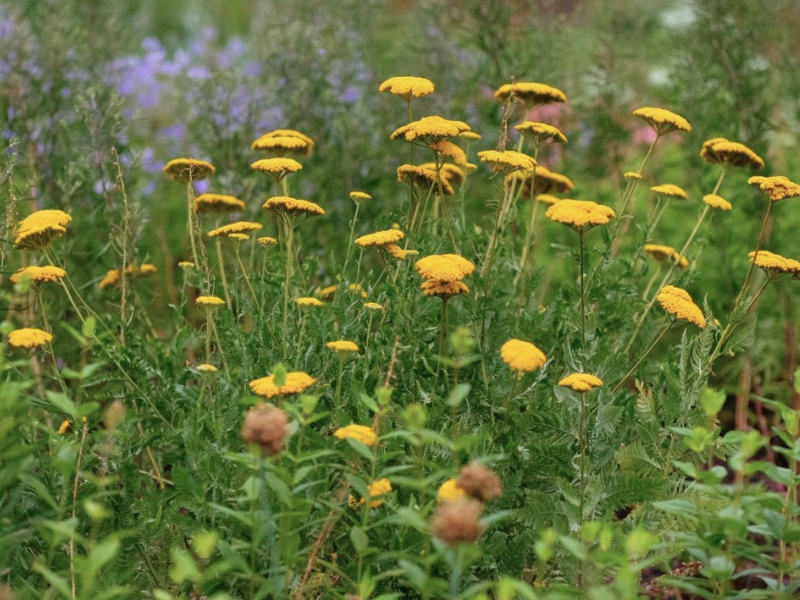
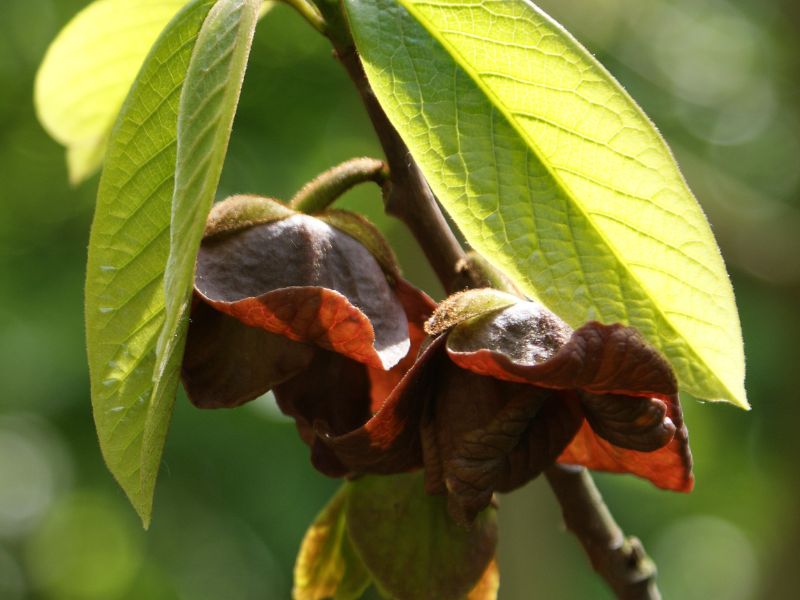
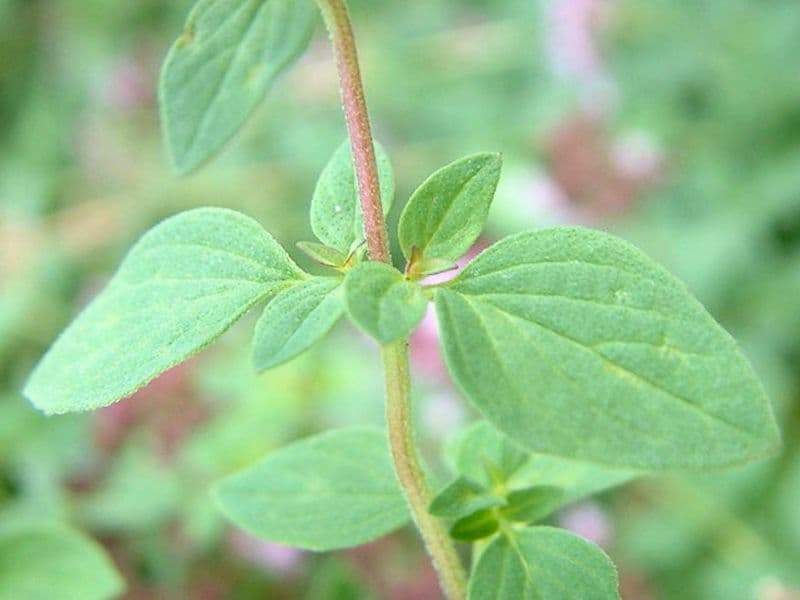

Leave a Reply